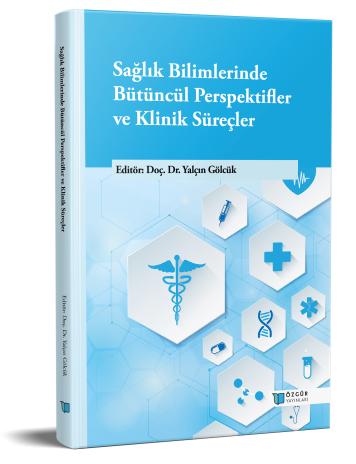
Cardio-Oncology: Cardiovascular Risk and Surveillance in Cancer Therapy
Şu kitabın bölümü:
Gölcük,
Y.
(ed.)
2025.
Sağlık Bilimlerinde Bütüncül Perspektifler ve Klinik Süreçler.
Özet
Cardio-oncology has emerged as a critical interdisciplinary field at the intersection of cardiology and oncology, addressing the growing need for cardiovascular care in patients undergoing cancer therapy. With the advent of more effective oncologic treatments, cancer survival rates have improved substantially; however, this progress has been accompanied by a notable rise in treatment-related cardiovascular complications. Agents such as anthracyclines, HER2 inhibitors, immune checkpoint inhibitors, and radiotherapy are known to contribute to a spectrum of cardiovascular toxicities, including heart failure, arrhythmias, ischemia, myocarditis, and thromboembolic events.
The early identification and continuous monitoring of cardiovascular risk in cancer patients are essential for preventing irreversible cardiac damage and ensuring optimal therapeutic outcomes. Risk stratification must begin before initiating cancer treatment, incorporating both traditional cardiovascular risk factors and cancer-specific considerations. Modern surveillance strategies involve baseline and serial evaluations through echocardiography, cardiac biomarkers (e.g., troponins, natriuretic peptides), and emerging imaging techniques such as cardiac MRI and strain imaging. Additionally, the integration of artificial intelligence and machine learning is increasingly being explored for predictive risk modeling and personalized monitoring.
Effective cardio-oncology care requires a multidisciplinary approach that aligns oncologic efficacy with cardiovascular safety. This entails close collaboration between cardiologists, oncologists, and other healthcare professionals to formulate individualized treatment plans, manage acute complications, and implement long-term surveillance protocols. As cancer therapies evolve, the scope of cardio-oncology will continue to expand, underscoring the necessity of proactive surveillance and risk mitigation strategies in this vulnerable patient population.

